Infrastructure
Found 73 Items
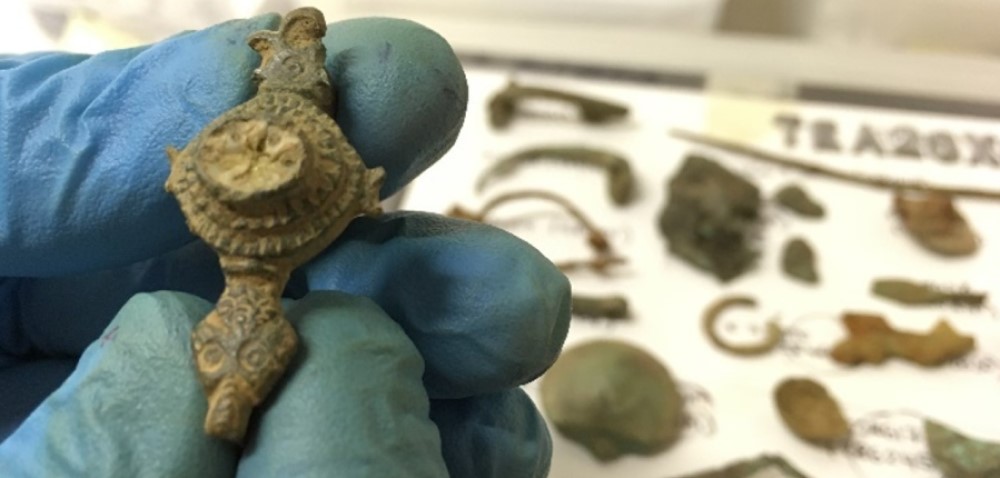
Highways England and MOLA Headland provide learning opportunities for Archaeology Masters Students
December 15, 2020“It sounds like everything I could have dreamed of” were the thoughts of Lanah Hewson when she applied for an exciting MA Studentship opportunity with MOLA Headland Infrastructure in January 2020. Six months later, Lanah and fellow Archaeology masters student and successful applicant, Jemma Moorhouse, had joined the company and…
Read More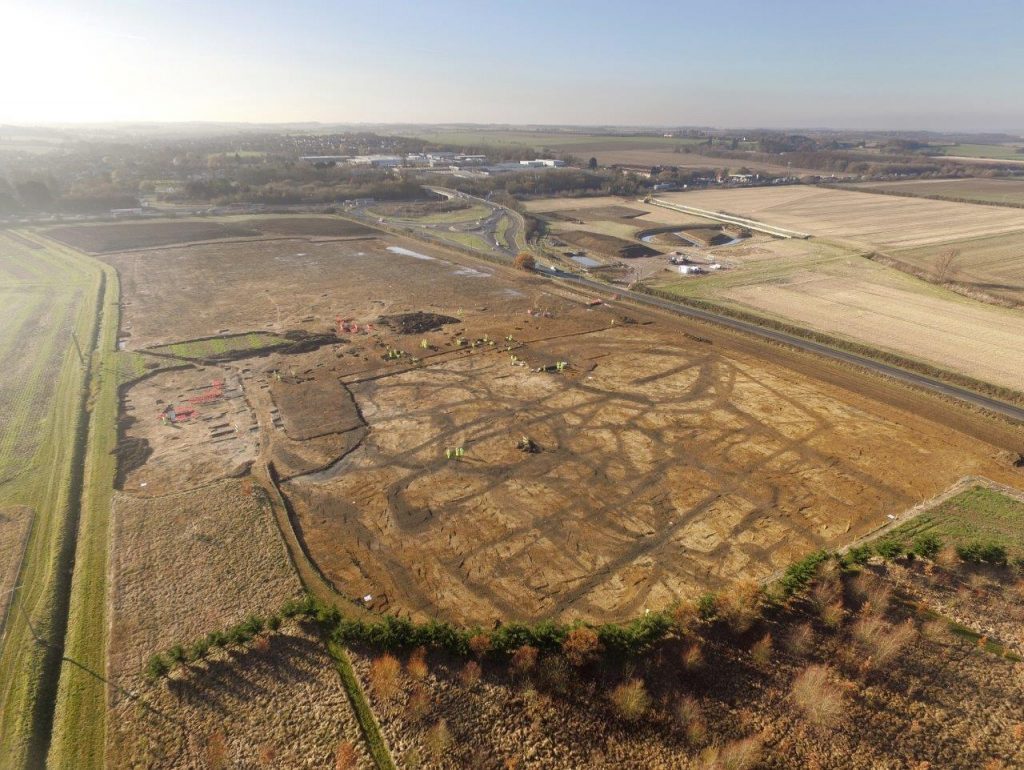
The road ahead: making sense of twelve thousand years of archaeology along the A14 in Cambridgeshire
September 29, 2020Our efforts to uncover the secrets of the Cambridgeshire countryside through the archaeology programme of the A14 Cambridge to Huntingdon improvement scheme have reached an exciting stage. We have started the main phase of analysis, with a project team of over 70 people spread all over the country looking at…
Read More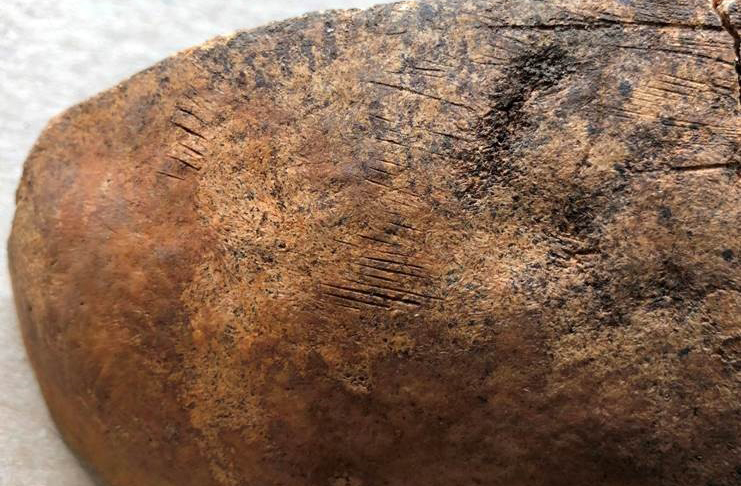
Dissecting the past: Park Street studies shed light on how student anatomists honed their skills
February 19, 2020Don Walker, Senior Human Osteologist for MOLA Headland Infrastructure, is one of a team of experts who have studied over 4,000 burials as part of post-excavation work at Park Street burial ground in Birmingham. This work was carried out for the design consultant WSP (in consortium with Ramboll) and Principal…
Read More
The many lives of objects found along the A14C2H
October 28, 2019Along the A14 Cambridge to Huntingdon improvement scheme, we’ve uncovered thousands of items that provide insight into their owners. We have also learnt a great deal about the lives of the objects themselves. In this blog, find out from Senior Specialist in Prehistoric and Roman Finds, Michael Marshall, about a…
Read More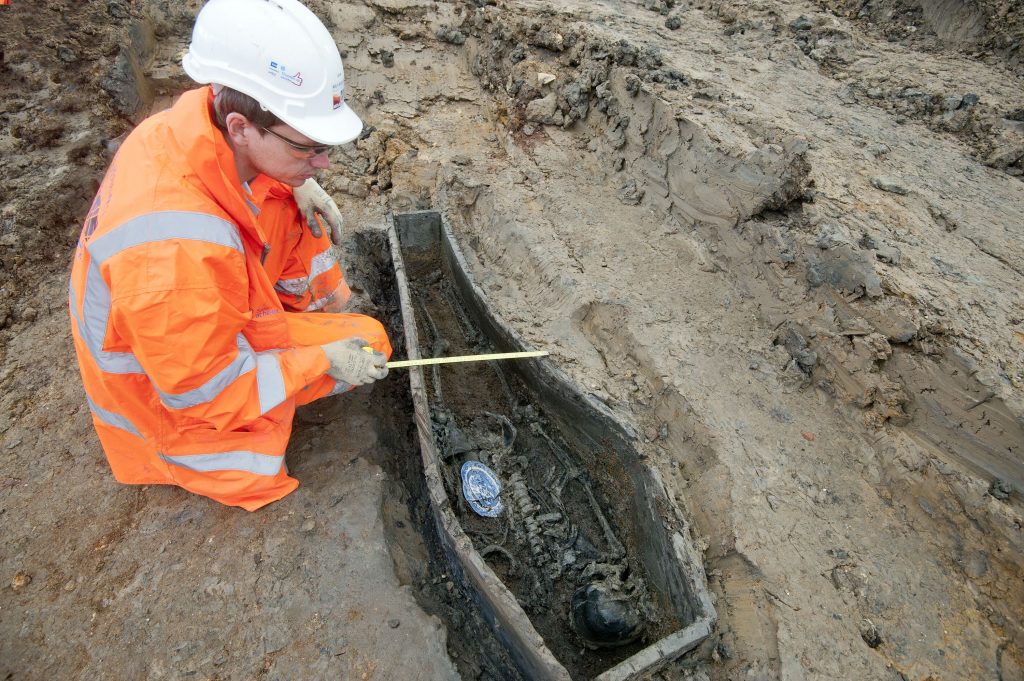
An Emblem of the Immortal Spirit? ‘Salt plates’ from St James’s and Park Street Burial Grounds
October 24, 2019Beth Richardson, Senior Finds Specialist for MOLA Headland, is part of the team of experts analysing thousands of finds recovered during excavations at St James’s burial ground Euston for Costain Skanska Joint Venture (CSjv), and Park Street burial ground in Birmingham for LM, on behalf of HS2. A number of…
Read More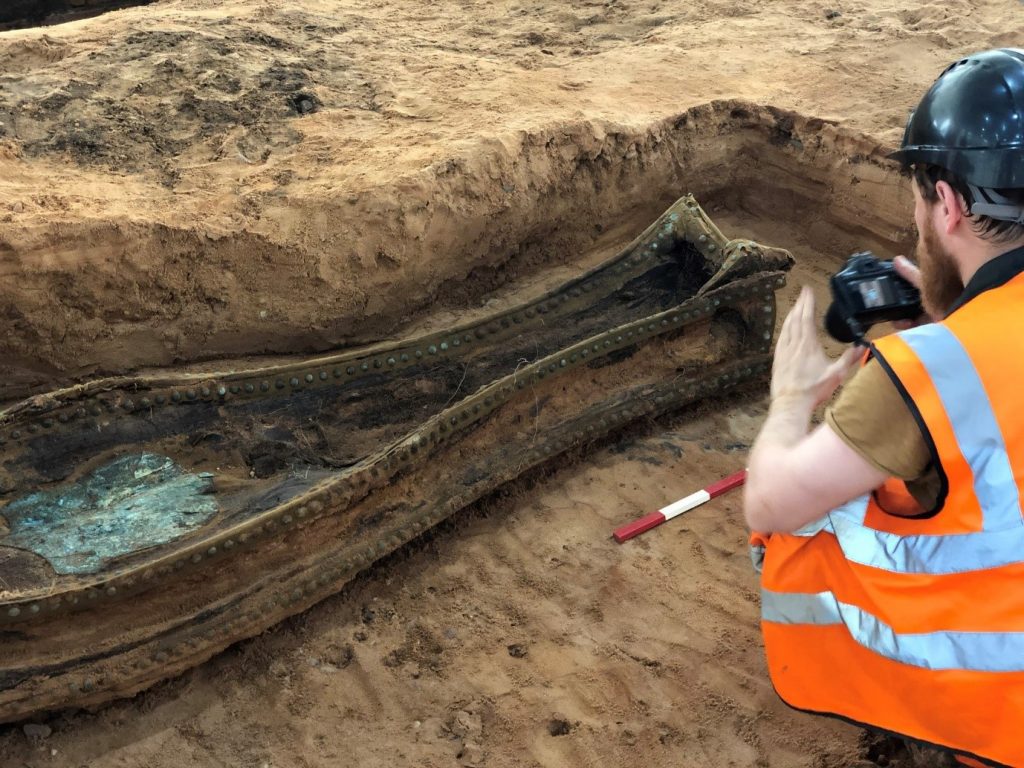
Park Street and the Coffin industry
October 11, 2019Josie Wall works at the Coffin Works Museum, which is run by Birmingham Conservation Trust, as Operations and Volunteer Assistant. Josie’s particular interest and area of expertise is Victorian funerals and the garden cemeteries that opened outside cities in the 19th century. In this blog she explores Birmingham’s legacy as…
Read More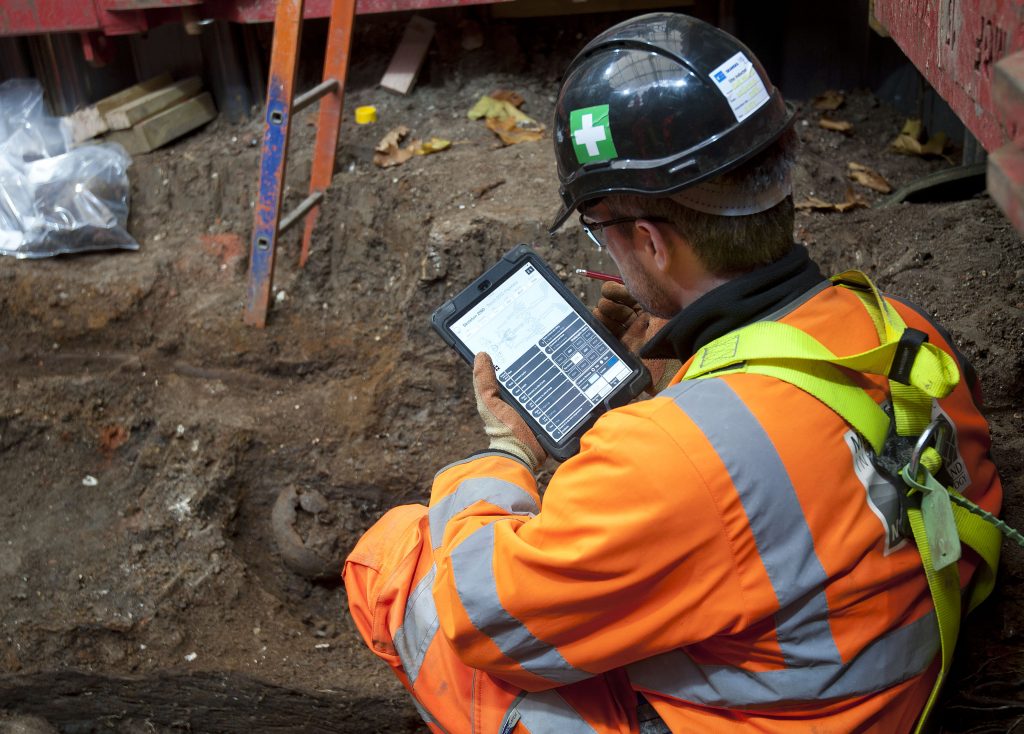
Digital recording: Advancing archaeological practice for HS2
July 12, 2019Yesterday evening, the team behind the St James’s burial ground excavation for HS2, celebrated at construction industry awards, the CN Awards, as finalists in the category Best Use of Technology. The multi-disciplinary team – made up of archaeologists from MOLA Headland, expert engineers, archaeologists and construction professionals from Costain Skanska…
Read More
The artists of St James’s burial ground revealed
June 5, 2019Robert Hartle, Senior Archaeologist for MOLA Headland Infrastructure is currently working on the archaeological excavation of the 18th and 19th century St James’s burial ground at Euston for Costain Skanska Joint Venture (CSjv) on behalf of HS2. In this blog Robert delves into the burial ground’s artistic connections and what…
Read More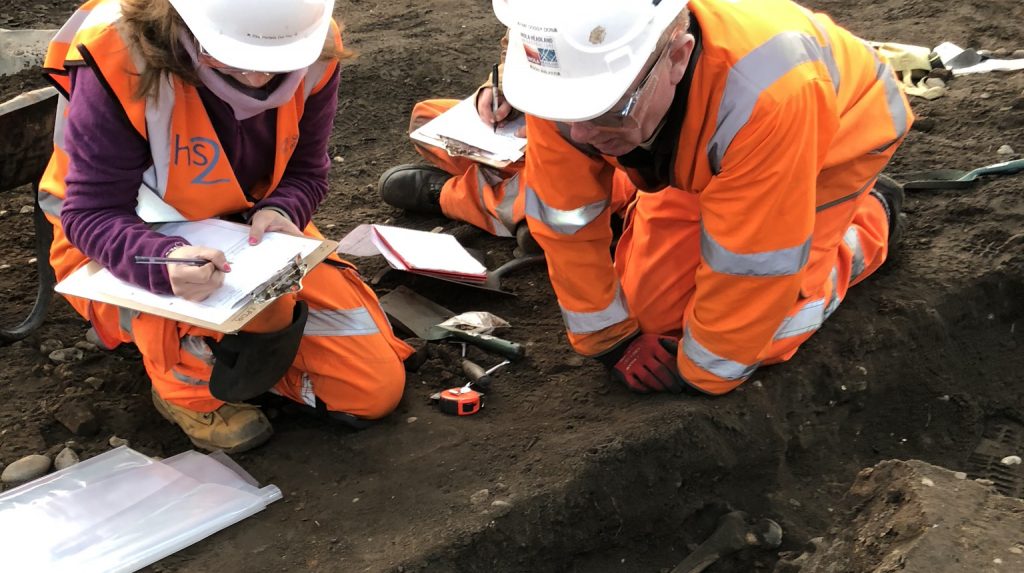
Assessing human remains during an archaeological excavation: What can we learn?
May 29, 2019Don Walker is one of the Senior Osteologists undertaking archaeological excavation and research at Park Street burial ground on behalf of LM for HS2. In this blog he explores what happens on site and what we can learn from excavating and assessing human remains. Archaeologists undertaking burial ground excavations take…
Read More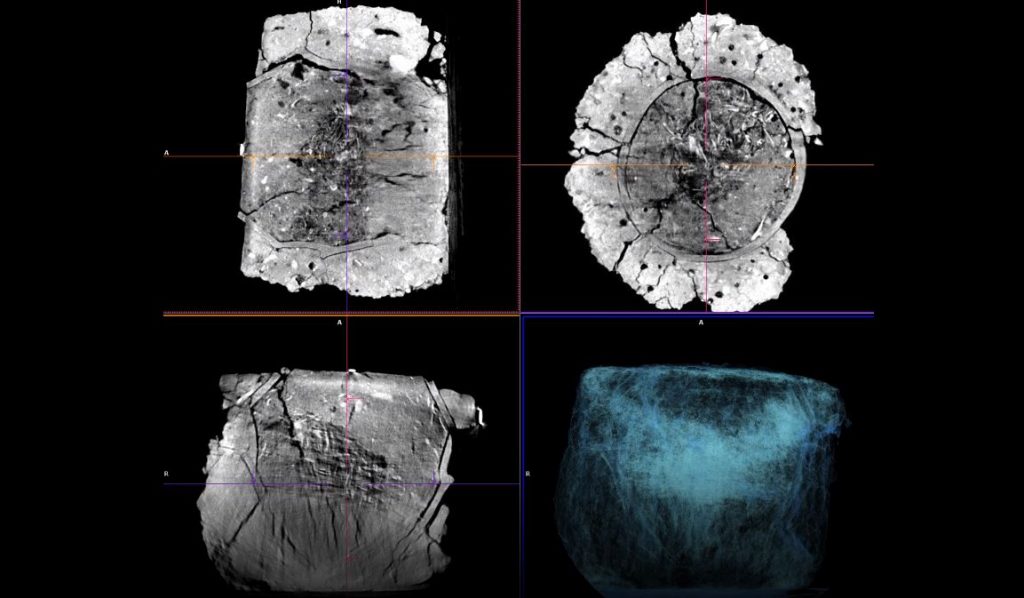
Evidence of cremation in the archaeological record
April 11, 2019In this blog, we look at cremation urns, what they are, and what they mean for archaeologists. Our excavations along the route of the new A14 Cambridge to Huntingdon improvement scheme have led us to uncover fascinating stories about Cambridgeshire’s past populations and the discovery of human remains plays a…
Read More